Description
Links to the objective: Measure
• Understand and use the vocabulary related to length, mass and capacity. Compare two lengths, masses or capacities by direct comparison; extend to more than two. Measure using uniform non-standard units (e.g. straws, wooden cubes, plastic weights, yogurt pots), or standard units (e.g. metre sticks, litre jugs).
Shape and space
• Use everyday language to describe features of familiar 3-D and 2-D shapes, including the cube, cuboid, sphere, cylinder, cone…, circle, triangle, square, rectangle…, referring to properties such as the shapes of flat faces, or the number of faces or corners… or the number and types of sides.
• Talk about things that turn. Make whole turns and half turns. Use one or more shapes to make, describe and continue repeating patterns…
The overall aim is to help pupils to apply in a variety of situations the mathematics they have already learnt.The programme seeks to achieve this by teaching the strategies that will enable pupils to approach a variety of problems in a more logical and systematic way. The more specific aims of the programme are to promote the following:
• willingness to attempt problems and to persevere;
• confidence in one’s ability to solve problems;
• awareness of problem-solving strategies;
• awareness of the value of approaching problems in a systematic manner;
• ability to select appropriate solution strategies;
• ability to apply solution strategies accurately;
• ability to monitor and evaluate one’s thinking whilst solving problems.
The problems included:
1:Shape and Sizes
2. Obstacle Race
3. Scarves
4. Rabbits
Taken from Problem Solving Years KS1


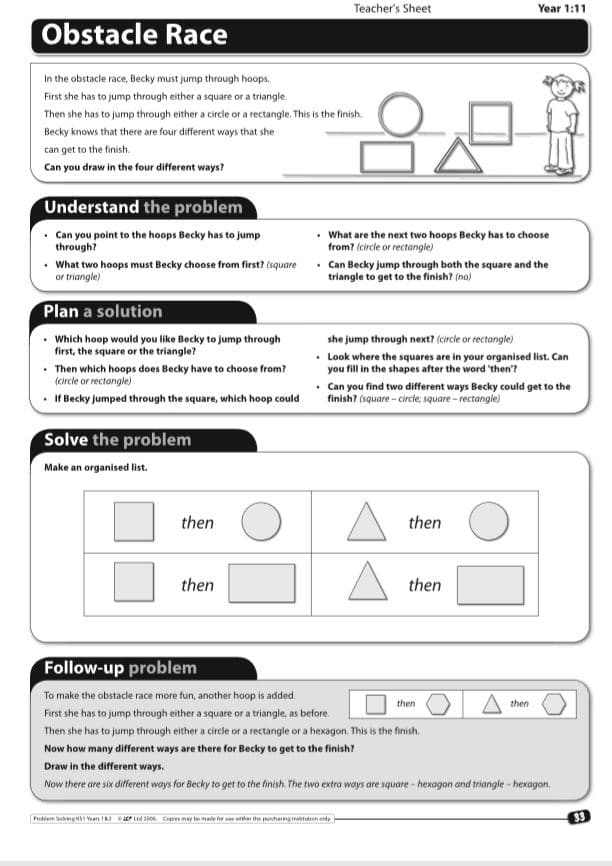
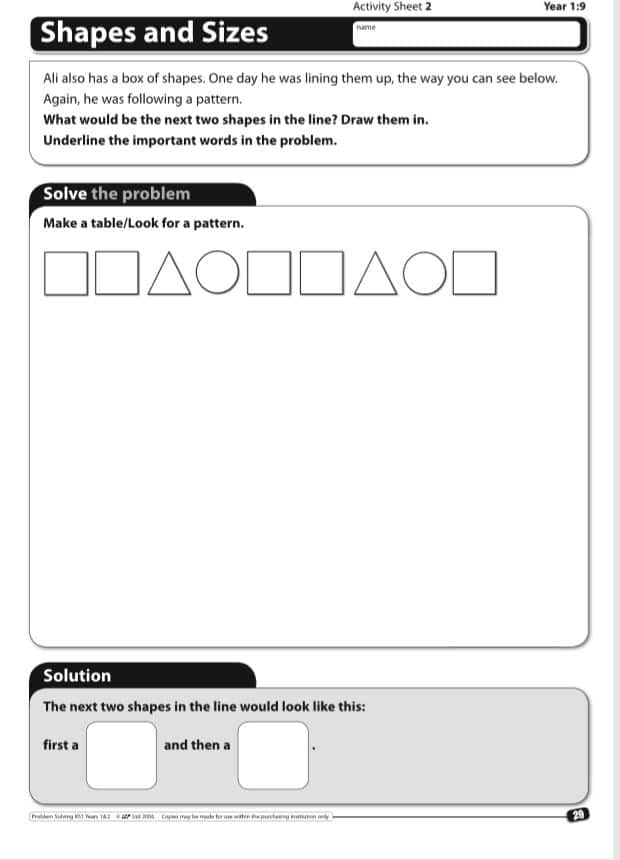

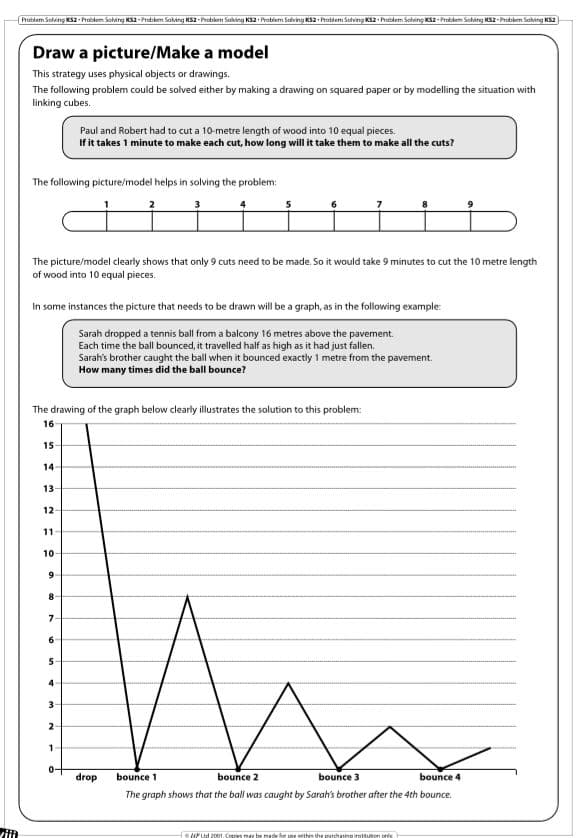

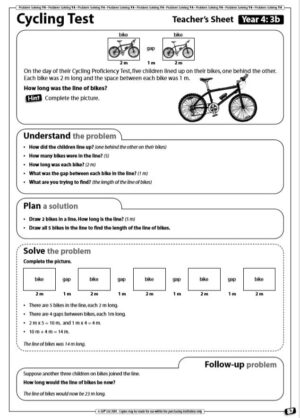
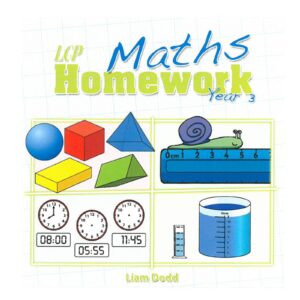
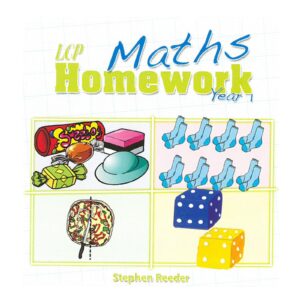

Reviews
There are no reviews yet.